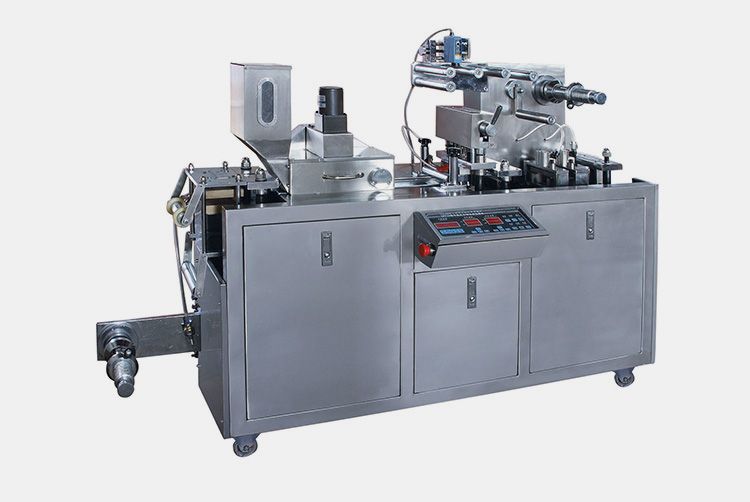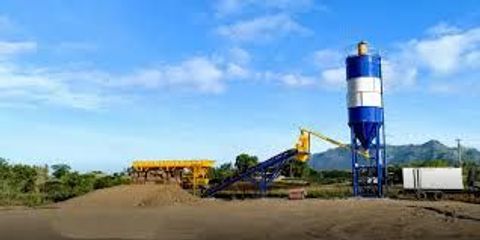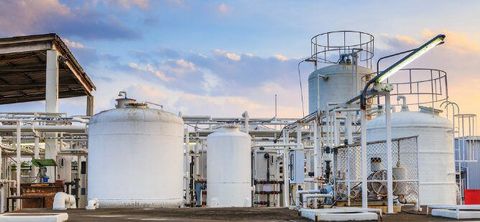Blister Packaging Machines Explained: Learn the Basics, Types, and Key Details
Blister packaging machines are automated systems designed to seal products between a pre-formed plastic cavity and a backing material such as paperboard, foil, or plastic. These machines are widely used in industries like pharmaceuticals, consumer goods, and electronics. The main purpose is to protect items from contamination, damage, or tampering while providing a professional and transparent display for consumers.
Blister packs are common in everyday life think of tablet strips, batteries, or toothbrushes. The transparent plastic allows visibility of the product while keeping it secure. This packaging method exists to meet the global need for hygienic, efficient, and tamper-evident packaging solutions.
Why Blister Packaging Matters
The importance of blister packaging machines has increased due to the growing focus on product safety, sustainability, and manufacturing efficiency. In the pharmaceutical sector, blister packs extend product shelf life and ensure accurate dosage tracking. In retail, they enhance product visibility and reduce theft risk.
For manufacturers, blister machines streamline the packaging process, reduce material waste, and improve production speed. The machines also support eco-friendly initiatives through recyclable materials and reduced plastic usage. As global industries move toward automation and smart manufacturing, blister packaging plays a key role in achieving consistent quality and regulatory compliance.
| Industry | Blister Packaging Application | Primary Benefit |
|---|---|---|
| Pharmaceuticals | Tablets, capsules | Product protection and dosage accuracy |
| Food | Candies, chewing gum | Extended shelf life |
| Consumer Goods | Batteries, toys, tools | Tamper-evidence and display appeal |
| Electronics | USBs, small parts | Safe handling and presentation |
Recent Developments and Industry Trends
Blister packaging technology has evolved rapidly in recent years. In 2024 and 2025, several trends have defined the market direction:
-
Sustainability Focus: Manufacturers are shifting toward biodegradable films and recyclable materials. Paper-based blister packs and water-based coatings are gaining popularity.
-
Smart Packaging Integration: Incorporating QR codes and NFC chips into blister packs allows consumers to verify product authenticity or access digital information.
-
Automation and AI: New blister packaging machines now use AI-driven sensors and predictive maintenance systems to improve production efficiency and minimize downtime.
-
Miniaturization of Equipment: Compact, modular blister packaging units have been introduced for small-scale and laboratory applications, helping startups and niche producers access advanced packaging.
Reports from 2024 highlight that the global blister packaging market continues to grow, driven by pharmaceutical demand and sustainability goals. According to industry data, automated blister machines are projected to see consistent annual growth due to their role in compliance and quality control.
Regulations and Standards
Blister packaging is heavily influenced by national and international laws, especially in sectors like pharmaceuticals and food. In India, for example, packaging is regulated by the Drugs and Cosmetics Act and monitored by the Central Drugs Standard Control Organization (CDSCO). These laws ensure packaging materials are non-toxic, tamper-evident, and compliant with labeling requirements.
Globally, the FDA (U.S. Food and Drug Administration) and European Medicines Agency (EMA) set strict standards for blister packaging of medical products. Manufacturers must follow Good Manufacturing Practices (GMP) to ensure product safety and integrity.
In addition, many regions now encourage the use of eco-friendly materials in compliance with sustainability regulations such as the EU Packaging and Packaging Waste Directive. These rules push companies toward reducing plastic waste and improving recyclability, influencing both machine design and material selection.
Tools, Resources, and Useful Platforms
Blister packaging professionals and manufacturers can access several digital and practical tools to optimize their operations:
-
Packaging Design Software: Tools like ArtiosCAD and Esko Studio help design blister pack layouts with accurate cavity and sealing measurements.
-
Material Calculators: Online calculators allow users to estimate required film thickness, sealing temperature, and packaging volume for specific products.
-
Regulatory Portals:
-
FDA Packaging Guidance (United States)
-
CDSCO Packaging Standards (India)
-
EU Packaging Waste Directive Database (Europe)
-
-
Automation Monitoring Systems: Software such as SCADA and MES systems enable real-time tracking of blister packaging operations for improved efficiency.
-
Industry Associations:
-
Healthcare Packaging Consortium
-
Indian Institute of Packaging (IIP)
-
World Packaging Organisation (WPO)
-
These resources offer guidelines, templates, and updates on new technologies, helping both small manufacturers and large-scale producers align with global standards.
Common FAQs About Blister Packaging Machines
Q1. What materials are commonly used in blister packaging?
Blister packaging typically uses PVC (Polyvinyl Chloride), PET (Polyethylene Terephthalate), or Aluminum Foil. These materials offer durability, transparency, and barrier protection. Eco-friendly alternatives like paper-based or bio-polymer films are increasingly used in sustainable packaging solutions.
Q2. How does a blister packaging machine work?
A blister machine forms cavities in plastic sheets through heat or pressure. The product is placed into each cavity, and a backing material—foil or paper—is heat-sealed over it. The finished packs are then cut into individual units or sheets, ready for labeling and distribution.
Q3. What are the main types of blister packaging machines?
-
Thermoforming Machines: Use heat to shape plastic sheets into cavities.
-
Cold Forming Machines: Use aluminum-based laminates for high moisture and light protection.
-
Rotary Machines: Suitable for high-speed production.
-
Flat-Sealing Machines: Used for small-batch or laboratory operations.
| Machine Type | Best For | Main Advantage |
|---|---|---|
| Thermoforming | Consumer and pharma packaging | High speed and visibility |
| Cold Forming | Sensitive pharmaceuticals | Strong moisture barrier |
| Rotary | Mass production | Continuous operation |
| Flat-Sealing | Research or limited runs | Easy setup and flexibility |
Q4. Are blister packs environmentally friendly?
Traditional blister packs use plastic, which can contribute to waste. However, the industry is rapidly moving toward biodegradable and recyclable materials. Many new blister packaging systems also optimize material usage to reduce waste and energy consumption.
Q5. What industries rely most on blister packaging machines?
The pharmaceutical, food, personal care, electronics, and consumer goods sectors are the largest users. The machines ensure hygiene, durability, and consistent packaging for products ranging from tablets to batteries and beauty accessories.
Conclusion
Blister packaging machines are a vital part of modern manufacturing, combining product protection, sustainability, and efficiency. From pharmaceuticals to retail products, these machines provide secure, tamper-evident, and visually appealing packaging.
As global industries continue to prioritize eco-friendly materials and automation, blister packaging systems will evolve with smarter designs, recyclable components, and digital integration. Understanding the basics, types, and regulations of blister packaging helps businesses and professionals make informed choices while keeping up with technological and environmental trends.





